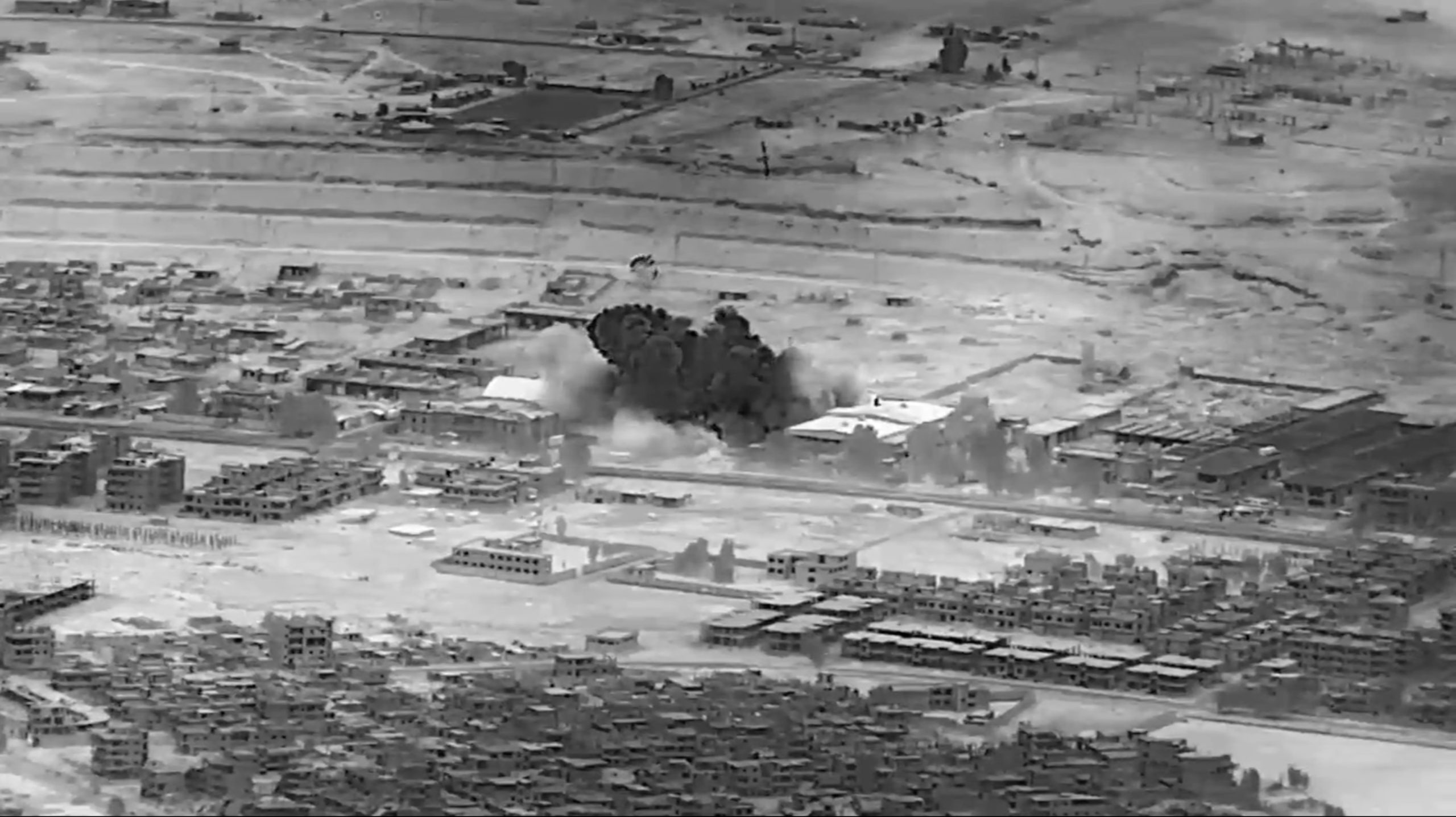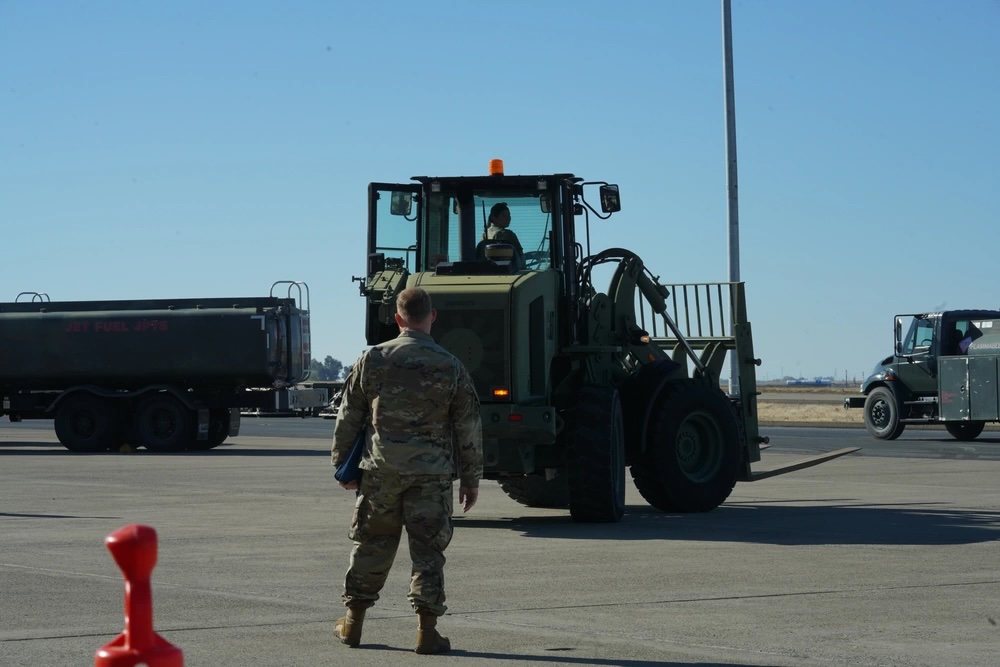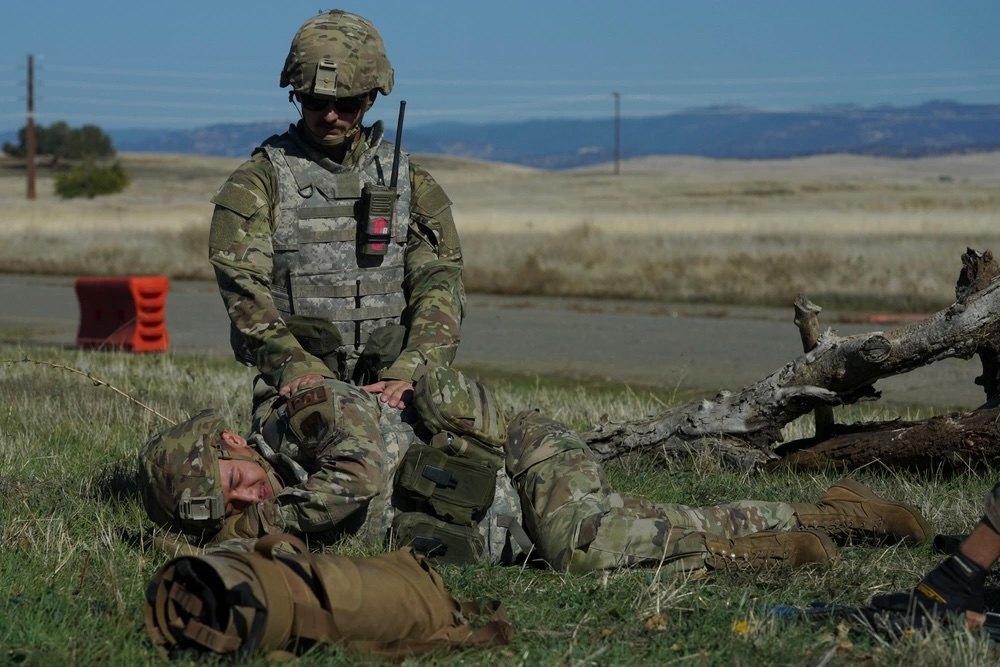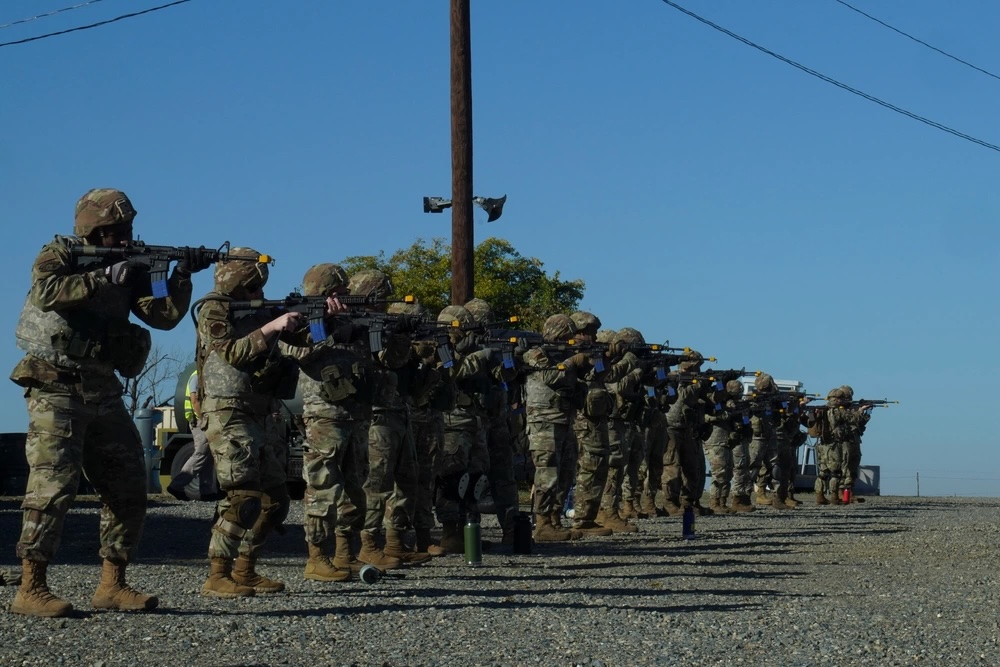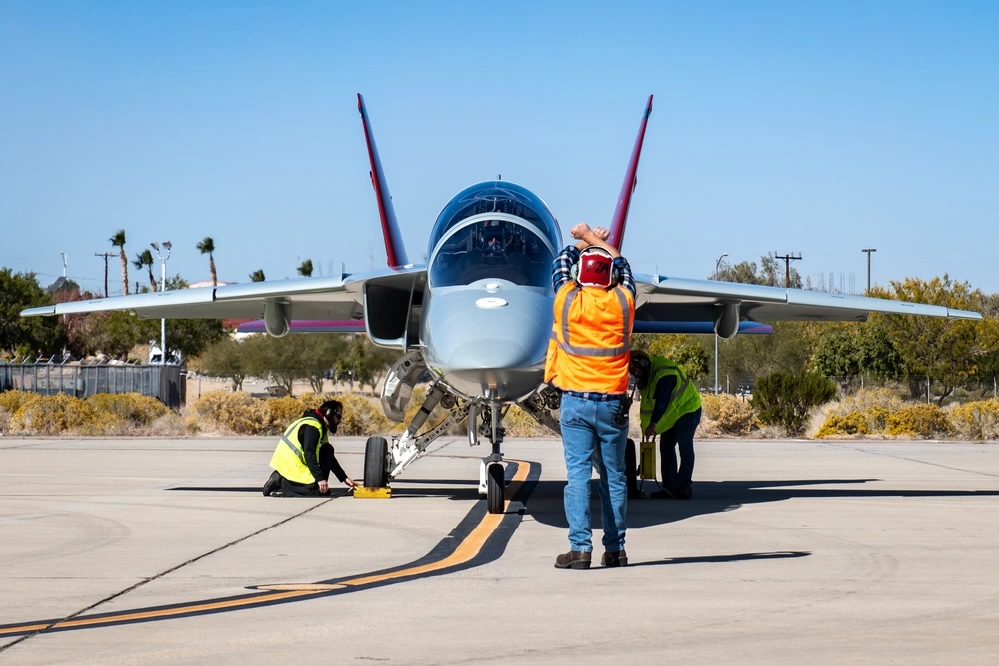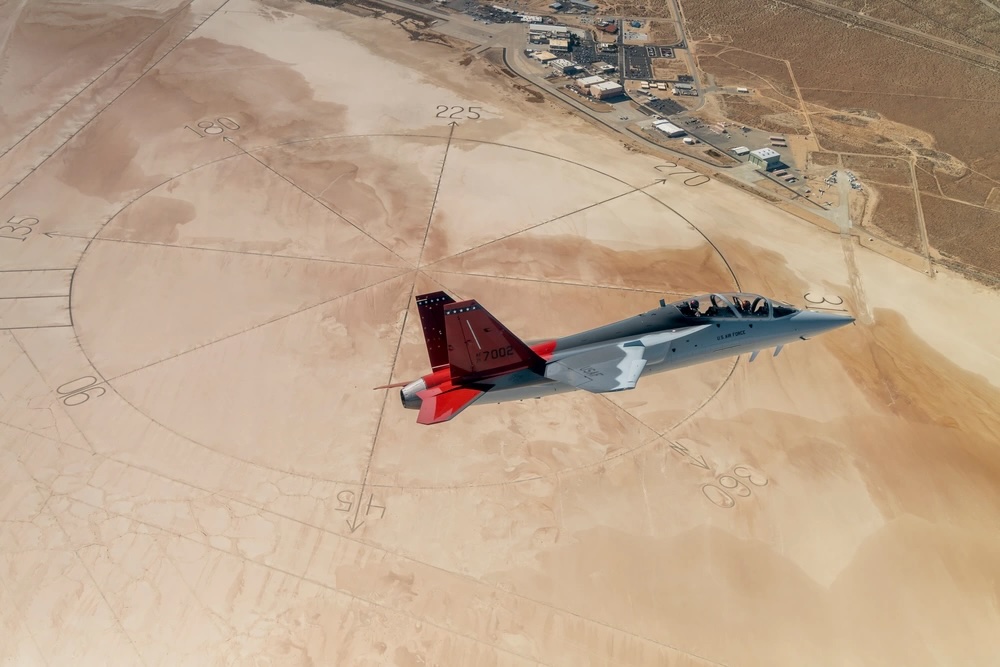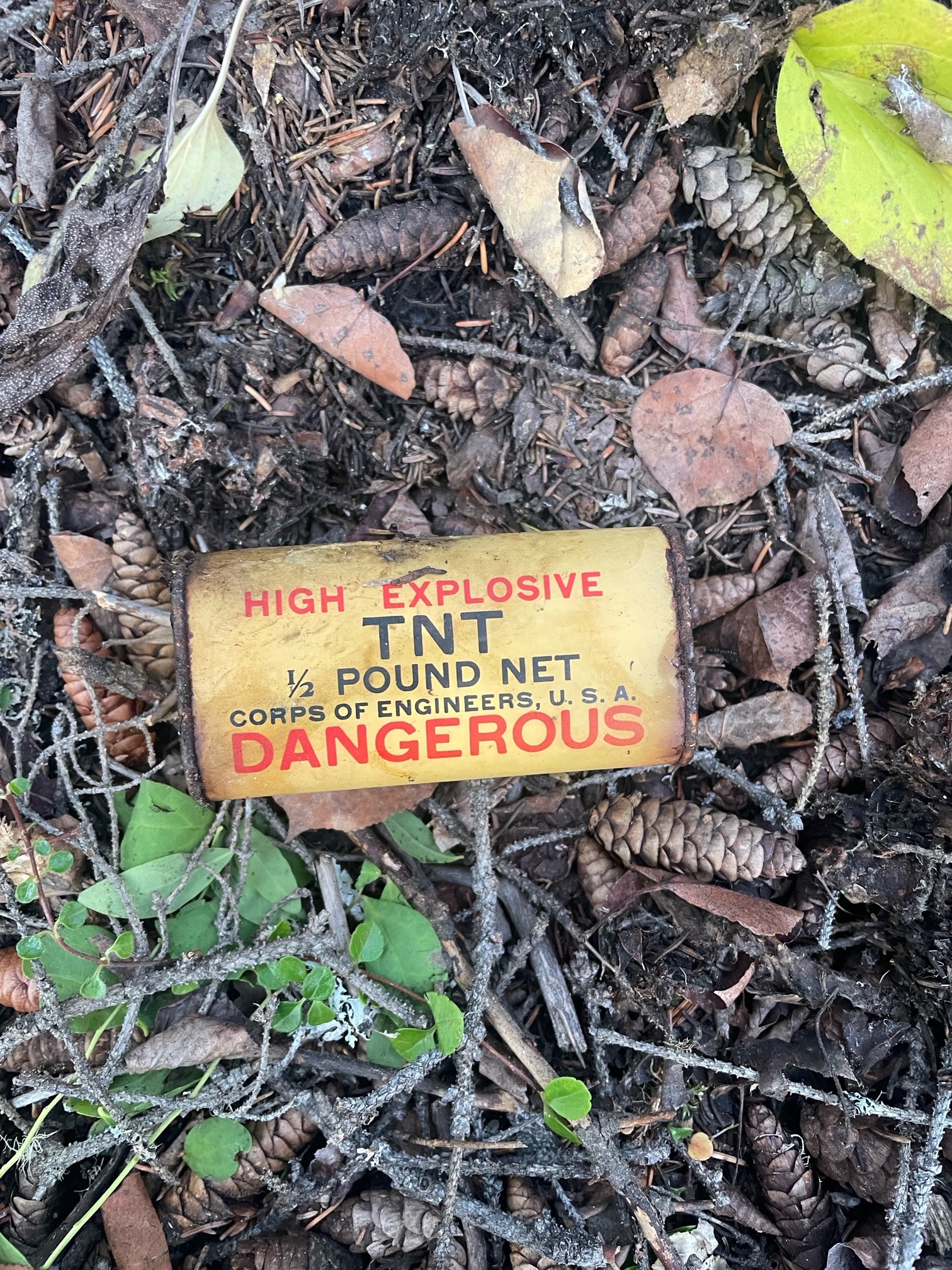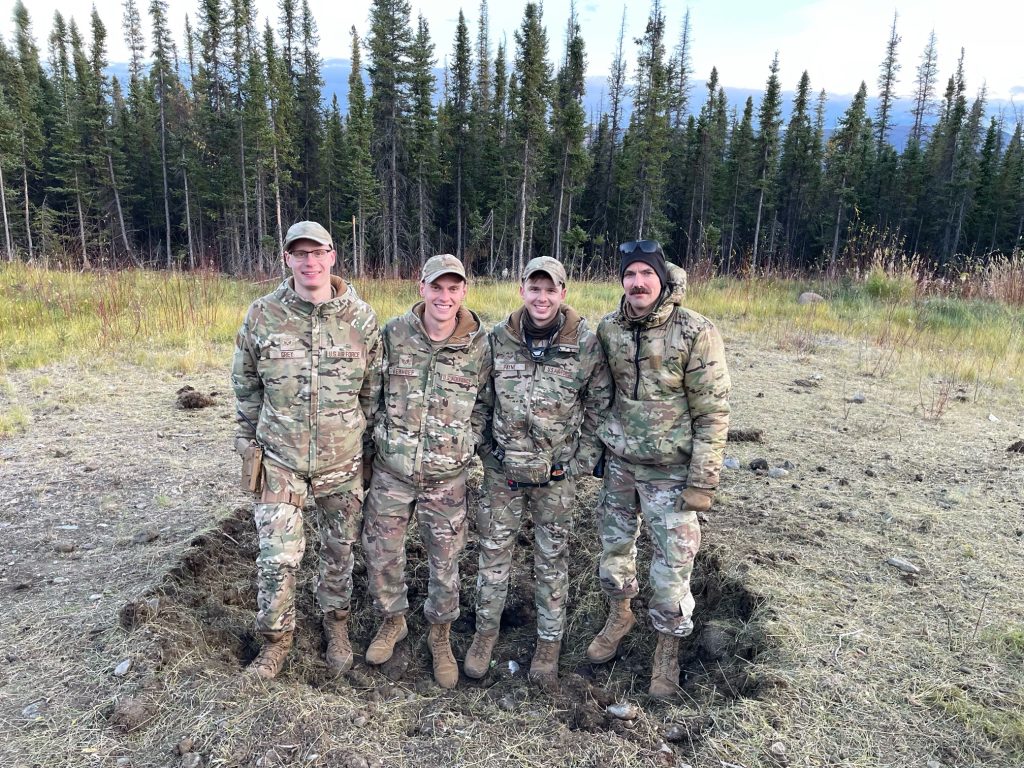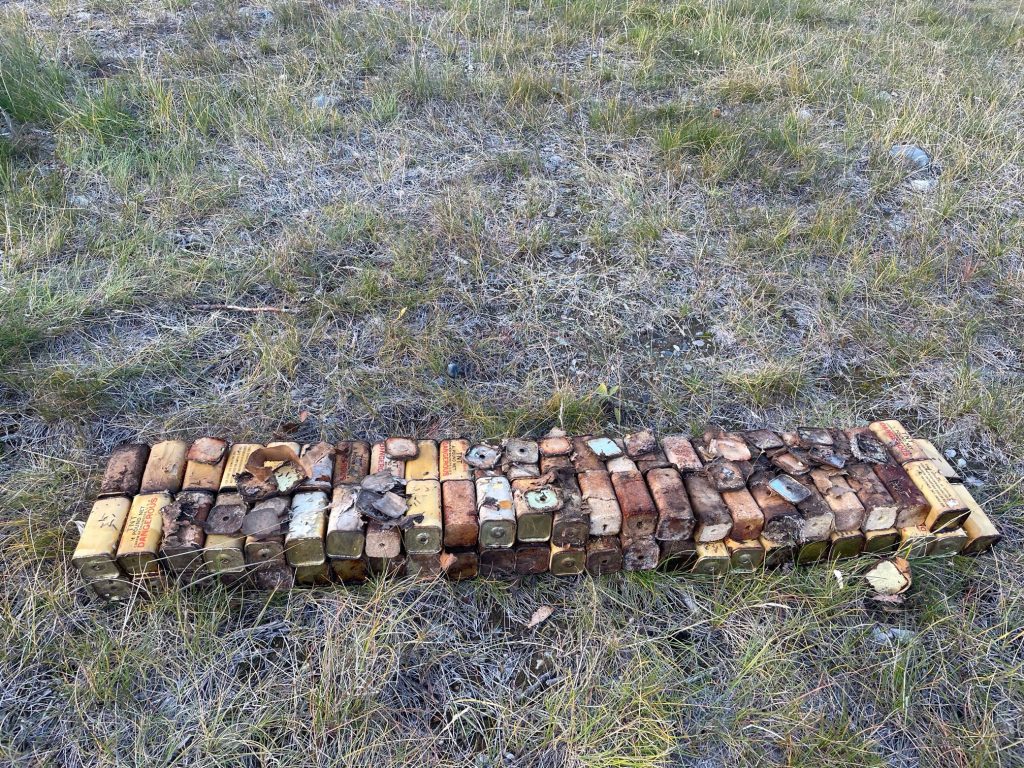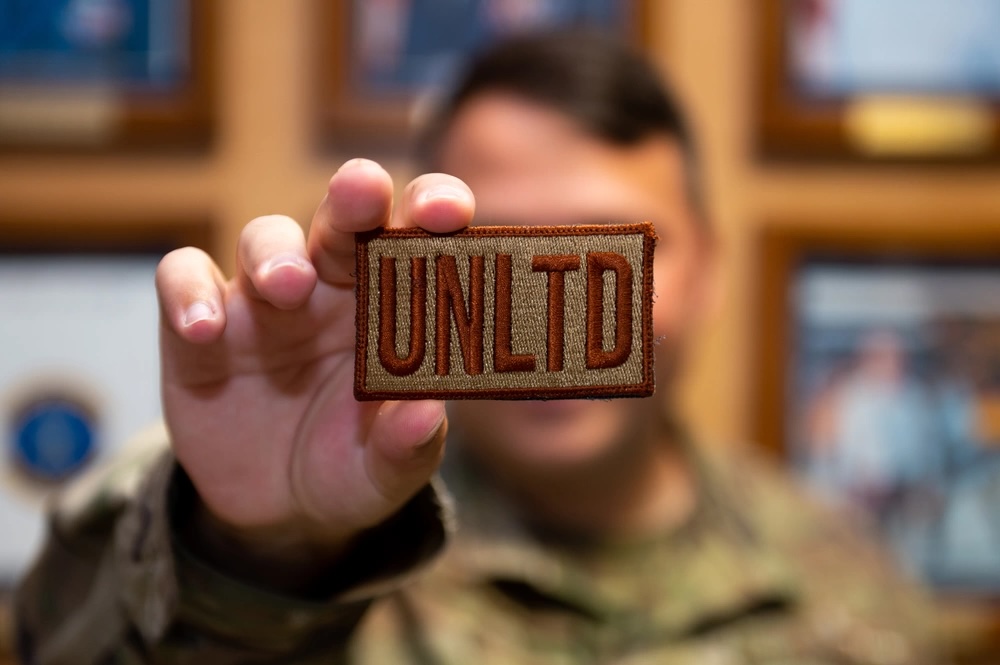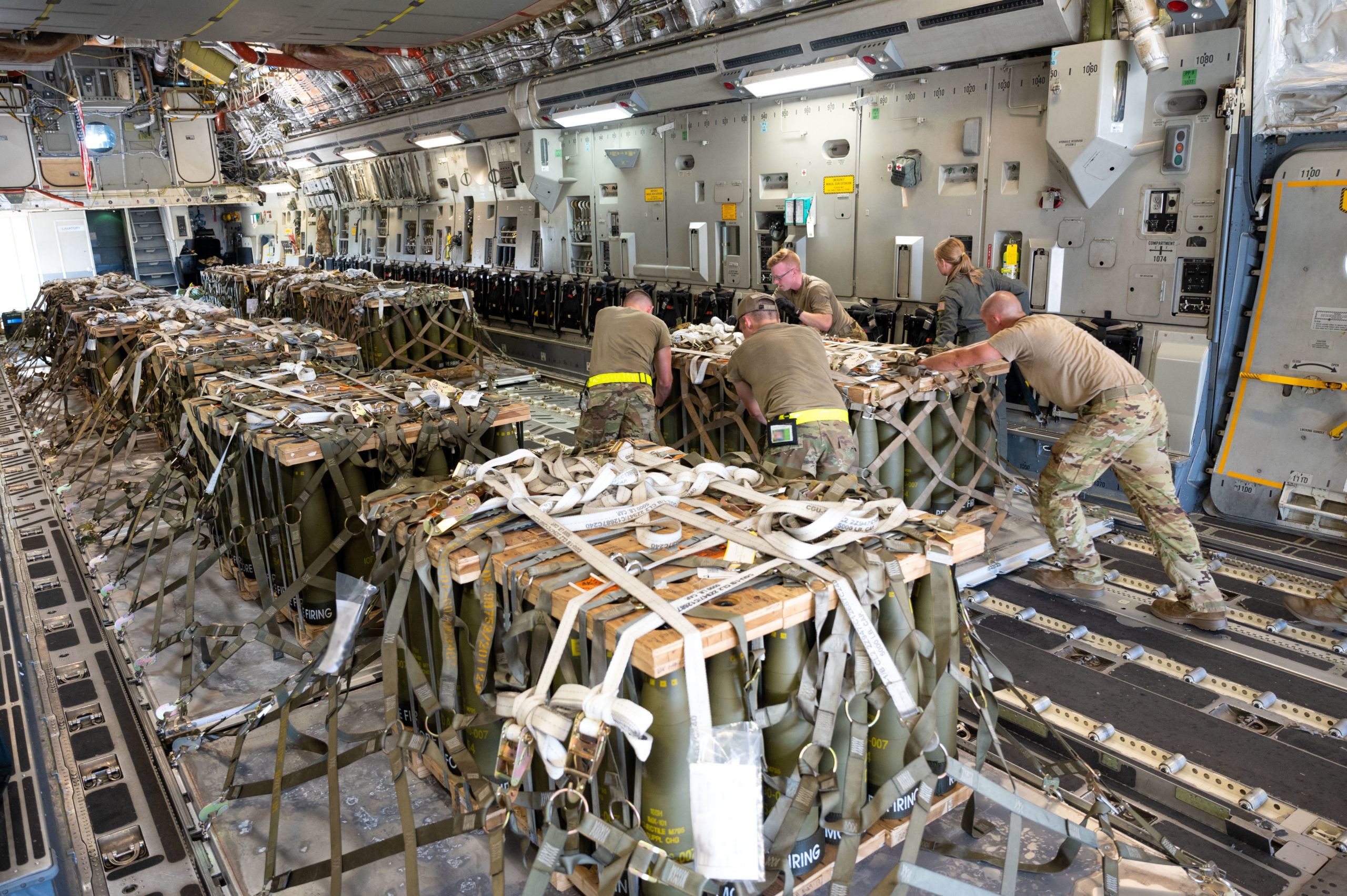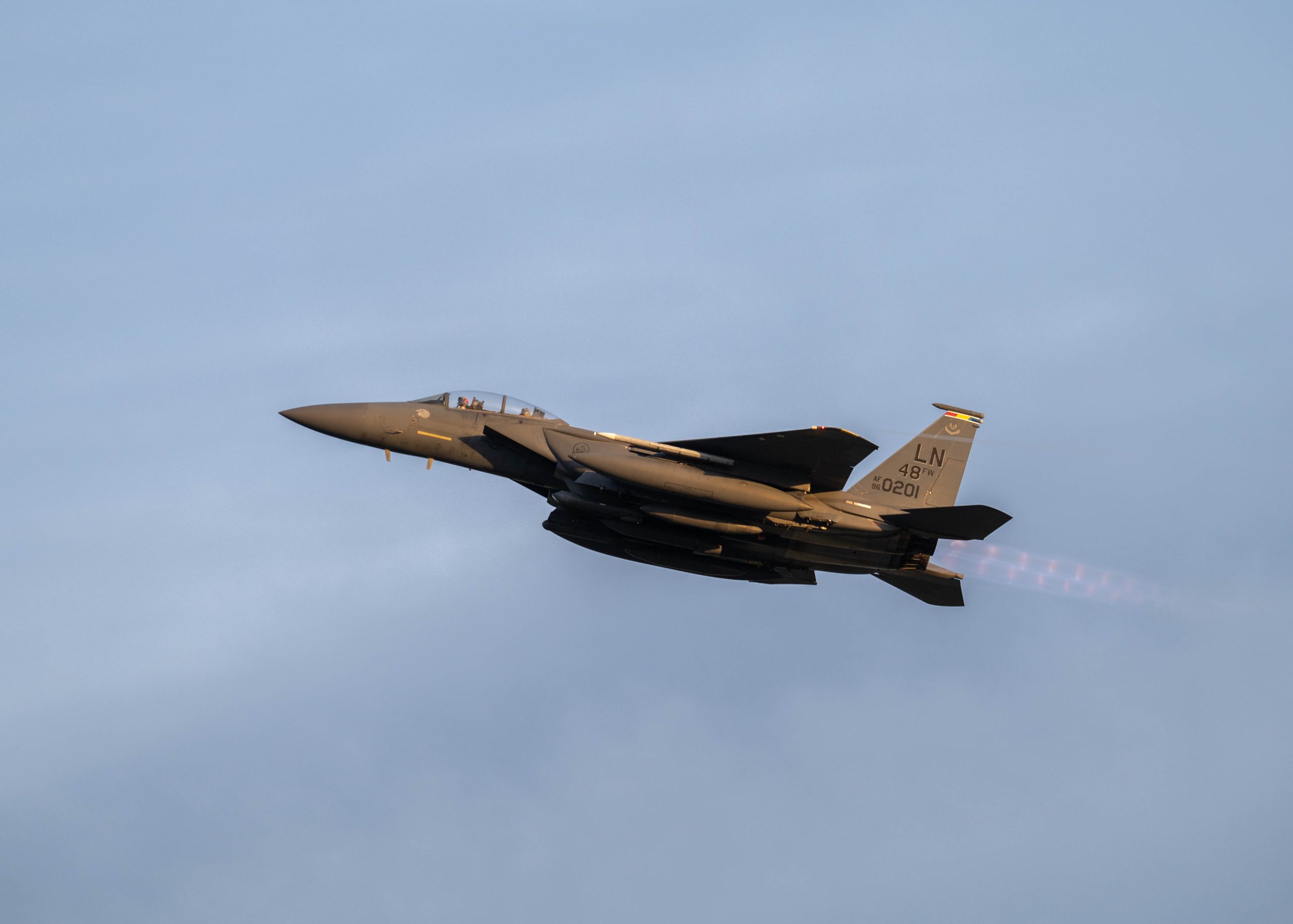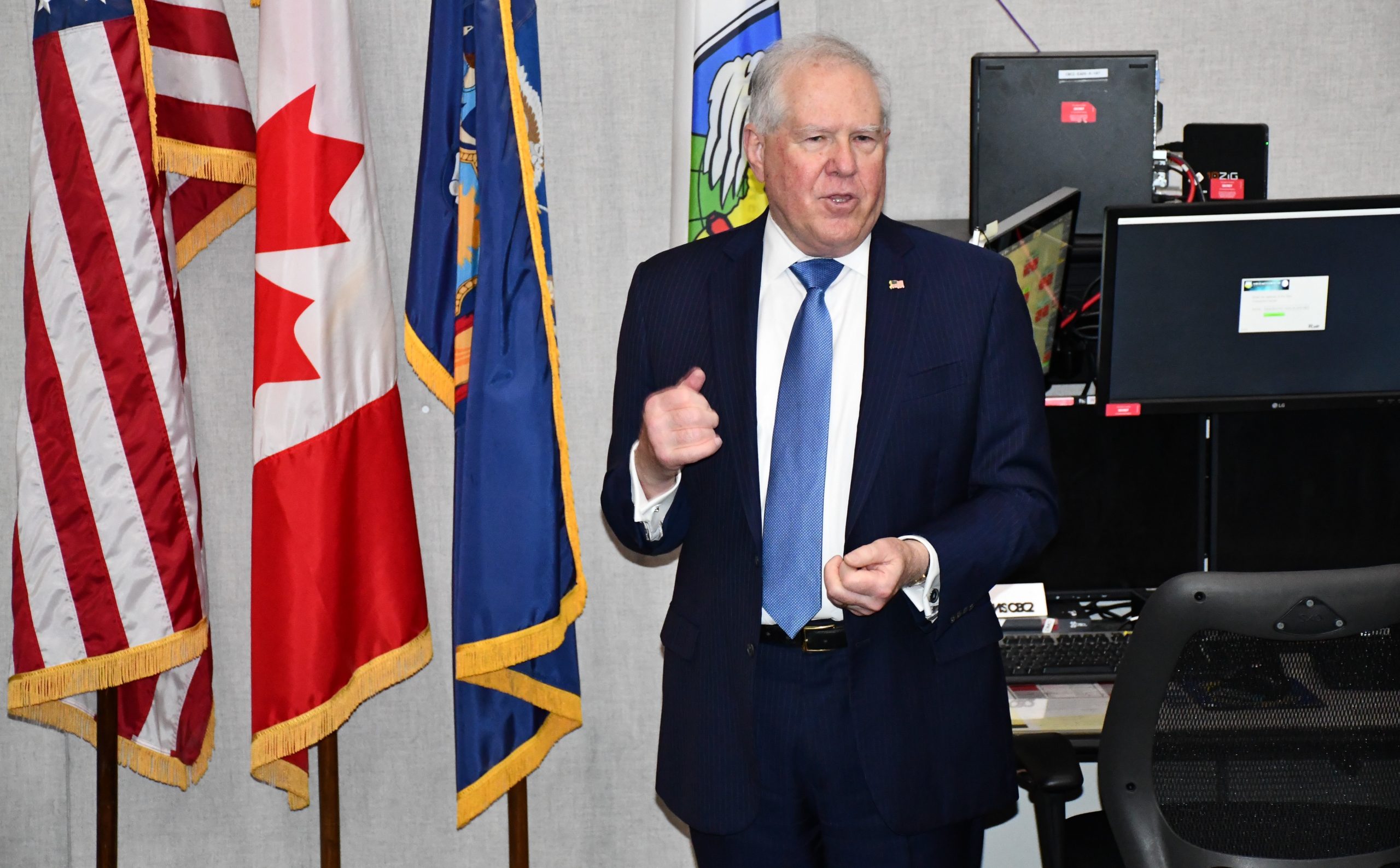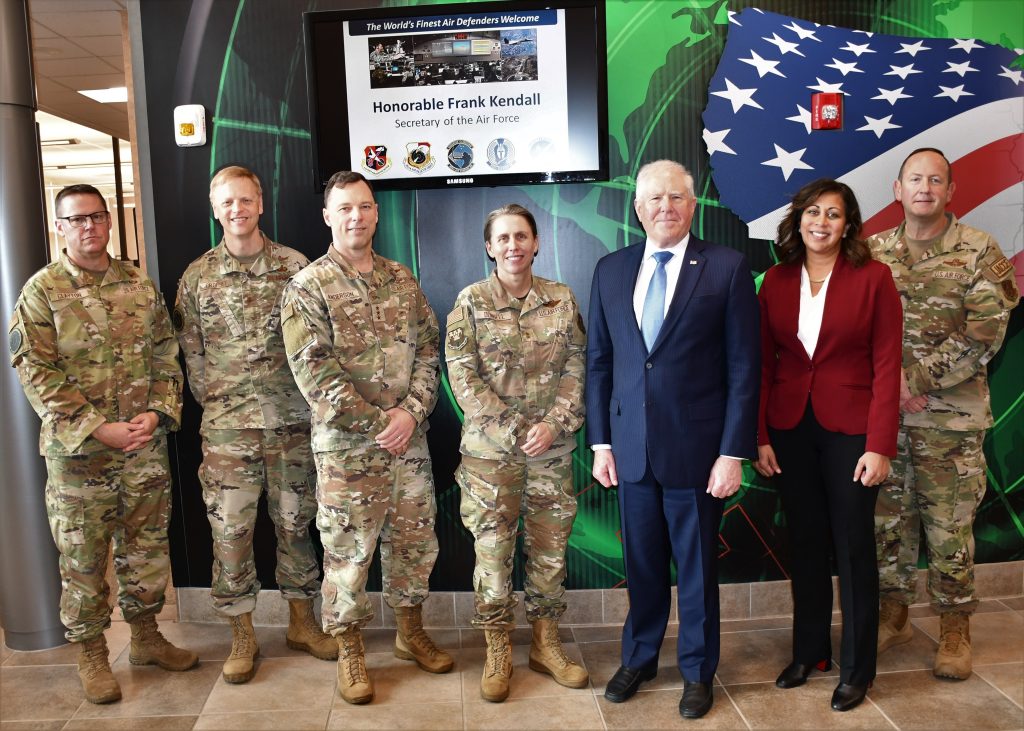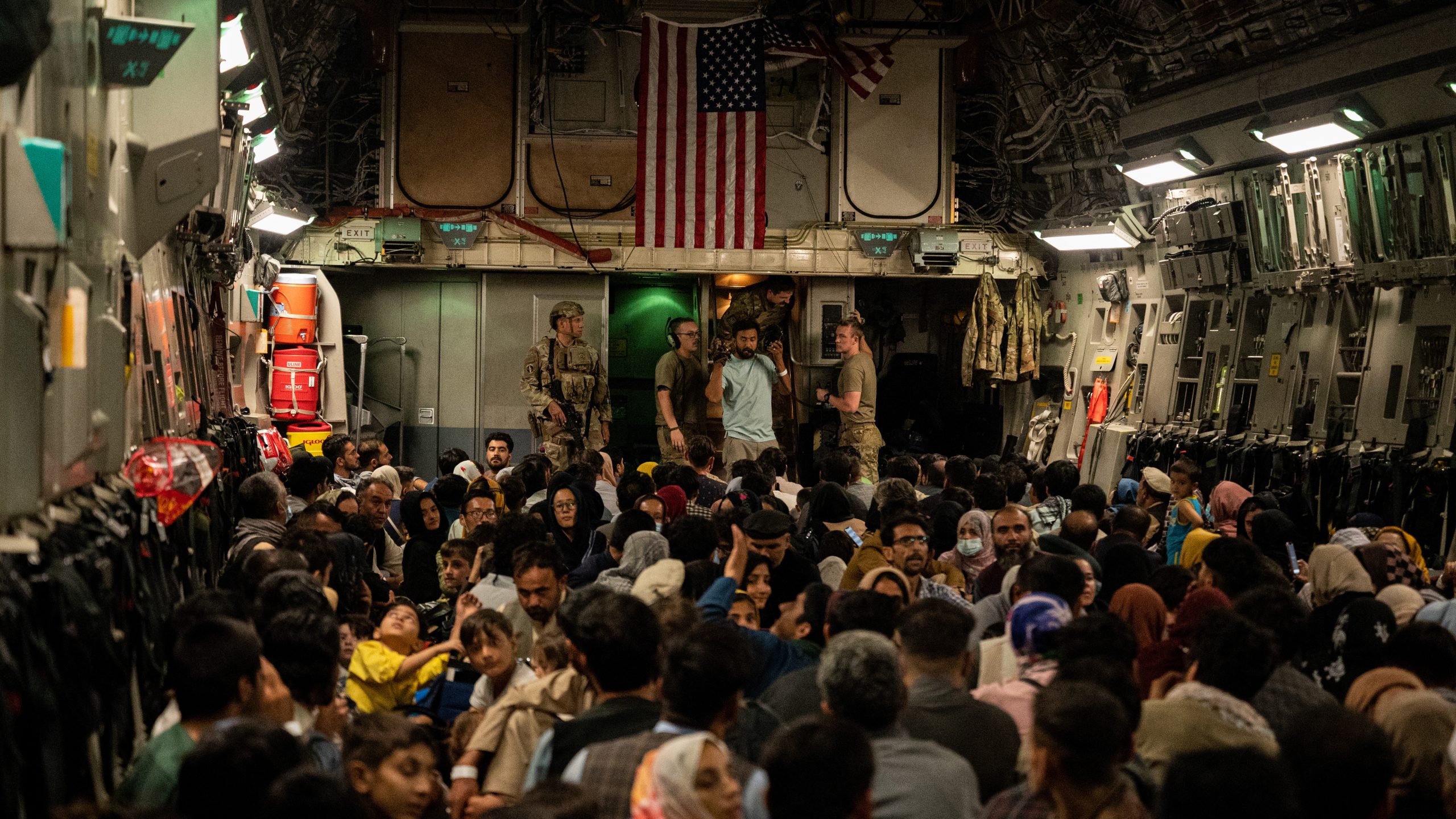Editor’s Note: This article was updated Nov. 12 after additional U.S. airstrikes in Syria.
The U.S. conducted airstrikes in eastern Syria on Nov. 12, its third bombing raid against Iranian-linked targets in less than three weeks.
Iranian-backed militias have continued to attack American forces despite airstrikes the U.S. previously carried out on Nov. 8 and Oct. 26 in eastern Syria.
The latest airstrike represents yet another Pentagon attempt to reestablish deterrence against militias in Syria and Iran who seemed determined to continue their rocket and drone attacks against U.S. forces in those countries.
Secretary of Defense Lloyd J. Austin III said in a statement that “precision strikes” were carried out against a training facility in Abu Kamal and safe house in Mayadin used by Iran’s Islamic Revolutionary Guard Corps (IRGC) and Iranian-backed militias.
Austin’s statement did not discuss the significance of the targets that were struck, what damage was caused, and whether there were any casualties.
“The President has no higher priority than the safety of U.S. personnel, and he directed today’s action to make clear that the United States will defend itself, its personnel, and its interests,” Austin said.
As of the morning of Nov. 10, at least five militia rockets and drone attacks were directed against American forces in Iraq and Syria following the previous U.S. retaliatory airstrike on Nov. 8 against a warehouse linked to the IRGC.
The rocket attacks occurred at Mission Support Site Green Village, Syria, at 6:25 pm and 10:11 pm Eastern Time on Nov. 8. A one-way drone attack took place at Mission Support Site Euphrates, Syria, at 10:33 pm Eastern Time on Nov. 8. Al Asad Air Base, Iraq was also attacked with a drone at 8:45 am Eastern Time on Nov. 9, according to a U.S. military official. A one-way drone was shot down on the morning of Nov. 10 before it reached its target at Al Tanf Garrison, Syria, a military official said.
Three U.S. service members were injured in the 10:11 pm attack when multiple rockets hit the Green Village outpost in eastern Syria, though they have since returned to duty, a military official said.
The Nov. 8 U.S. airstrike, which was carried out by two F-15Es, was intended to send a message to Tehran that it should instruct the militias it supports to cease their attacks
A declassified video from a U.S. drone that was released Nov. 9 shows the target was a weapons storage facility at Maysulun, Syria.
Multiple secondary explosions occurred as debris was thrown high into the air amid large plumes of smoke.
“If the attacks against our forces don’t decrease or stop, we will take additional measures,” Austin said Nov. 9. “We’re going to do everything we can to protect our troops, and we are absolutely serious about that.”
Few experts, however, expect the militia attacks to stop. There have been nearly 50 attacks since Oct. 17, according to the Pentagon, which have resulted in 56 injuries to U.S. troops. The U.S. has confirmed a total of 47 attacks.
Many of the injuries were diagnosed as traumatic brain injuries (TBI), and the number of troops suffering from that condition has grown as troops continued to report symptoms days after the attack. All the personnel have since returned to duty, including two service members who were sent to Landstuhl Regional Medical Center, Germany, for further evaluation.
“Thankfully, none of our troops have been injured seriously,” Deputy Pentagon Press Secretary Sabrina Singh told reporters Nov. 9.
The Pentagon said there were no Iranian or militia casualties in the Nov. 8 strike or in earlier ones that were carried out on Oct. 26. The Pentagon did not say whether the Nov. 12 strike caused any casualties.
The Iranian-backed militias, in contrast, have been attempting to cause American casualties by attacking bases when U.S. troops are known to be present, U.S. military officials say.
“We are minimizing what these groups are able to use, the capabilities that they are able to use,” Singh said. “We believe and we feel that these are proportionate responses.”
Attacks against the U.S. widened beyond Iraq and Syria when Houthis in Yemen shot down an Air Force MQ-9 over the Red Sea, also on Nov. 9. The Houthis have been developing air defense systems that can target some slow, lower systems such as drones for “quite a while,” said Michael Knights of the Washington Institute for Near East Policy.
The rebel group has attempted to recover parts of the drone, Singh said.
“It is unlikely that they will be able to retrieve anything of significance,” she said. “We are not, right now, looking to recover anything, either.”
